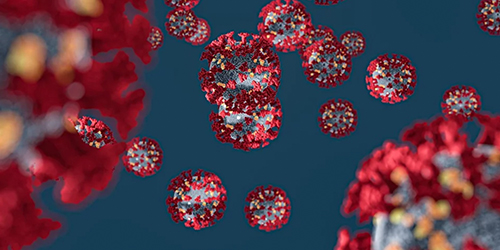Overview Introduction Workflows Published Data Related Products Related Tests Protocols Q&A Resources
Overview of Complement Factor B Functional Test
Complement factor D(CFD), also acknowledged as adipsin, assumes the guise of a circulating serine protease within the human bloodstream. In its capacity as a catalytic protease, CFD occupies a pivotal niche in orchestrating the initiation of the alternate route within the complement cascade. Notably, complement factor B stands as the solitary verified natural substrate of CFD in the realm of the complement system. CFD identifies and enzymatically cleaves complement factor B, birthing the fragments Ba and Bb, concomitant with the spatial coordinates Arg234-Lys235. This cleavage ensues under the proviso that Complement Factor B has attained activation and adherence to C3b (or C3•H2O).
The catalytic prowess showcased by CFD wields a constructive and unparalleled influence upon the activation of the complement system, holding the mantle of the rate-determining step within the alternate pathway cascade. Thus, any functional aberration befalling CFD casts a shadow over the initiation of the complement alternate pathway, consequently unfurling a cascade of maladies.
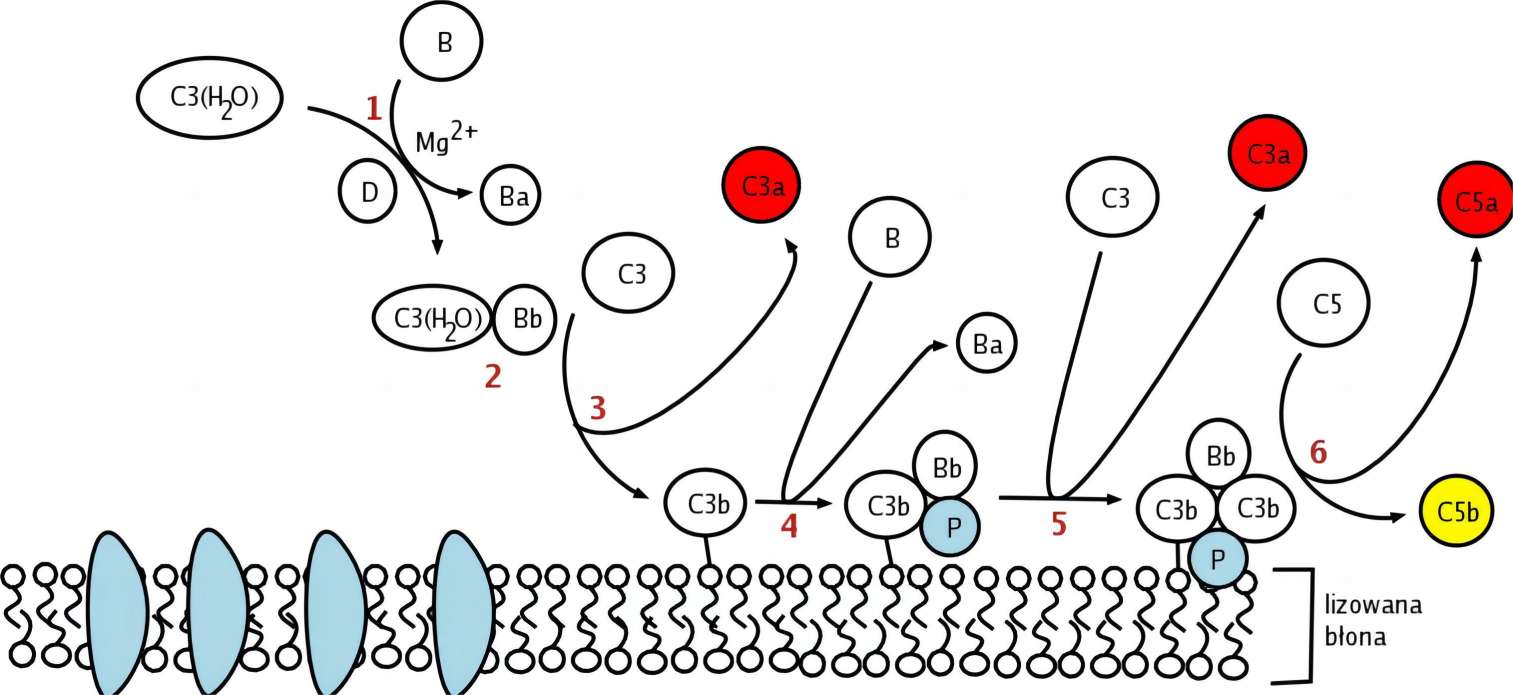 Fig. 1 Complement's alternative pathway: unveiling the CFD position.1
Fig. 1 Complement's alternative pathway: unveiling the CFD position.1
Introduction of Complement Factor D Functional Test
Why test CFD?
The complement system has traditionally held the primary role of a guardian against microbial intruders. However, a fresh perspective has recently emerged, with a plethora of inquiries shedding light on the intricate involvement of complement in orchestrating pathogenic processes across immune responses, inflammation, neurodegeneration, ischemia, and age-related ailments. A consensus has been reached that the pervasiveness and activation of complement assume a pivotal position in the causation of a wide spectrum of diseases.
CFD, as the rate-determining element within the alternate pathway, stands at the crux of this system. In patients afflicted with heart failure, the levels of CFD have exhibited correlations with markers of systemic inflammation, neurohormonal degradation, and cardiac functionality.
What is the test object?
As a forefront global biologics enterprise, boasting over a decade of dedicated inquiry, Creative Biolabs presents an exhaustive array of functional assays for CFD through expeditious enzyme-linked immunosorbent assay (ELISA) and hemolysis evaluation techniques.
Which methods are recommended to be used?
Semi-quantitative enzyme-linked immunosorbent assay (ELISA);
Hemolysis test.
Workflow of Complement Factor D Functional Test
ELISA
Creative Biolabs recommended approach is to employ the enzyme-linked immunosorbent assay (ELISA) to achieve a concise functional delineation of CFD within serum or tissue specimens, as the role played by CFD is of paramount significance and singular distinction, as it orchestrates the cleavage of activated complement factor B into fragments Bb and Ba. Through this method, the operational dynamics of CFD can be effectively deduced by analyzing the resultant ELISA curve.
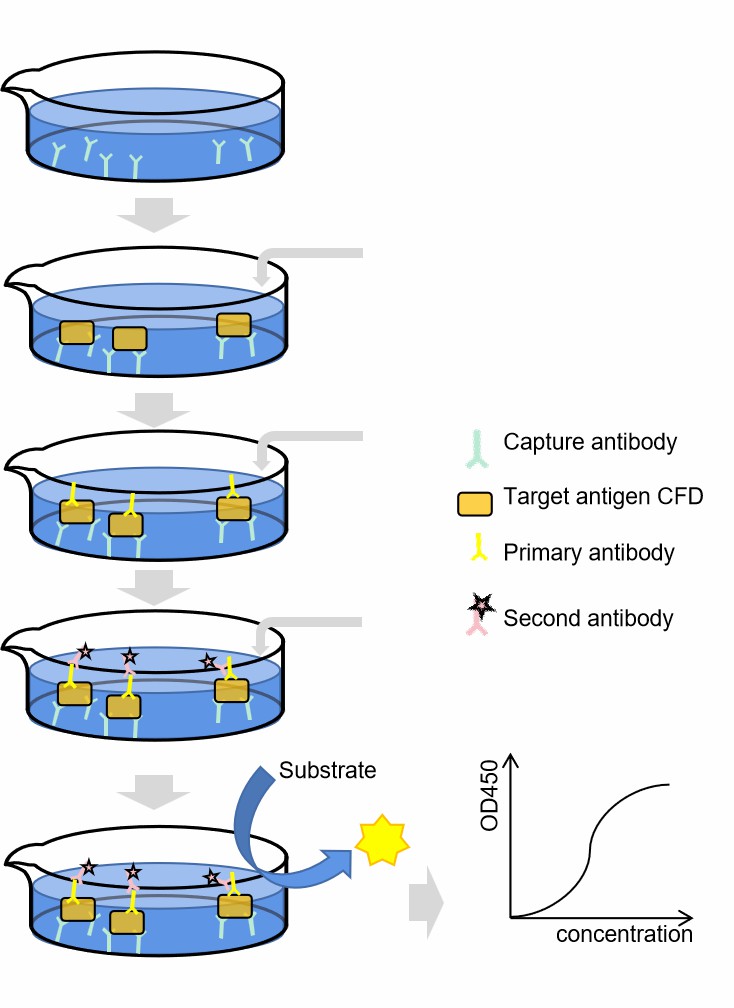 Fig.2 Complement CFD ELISA Workflow.
Fig.2 Complement CFD ELISA Workflow.
Creative Biolabs provides a tailored hemolysis assay involving the deployment of CFD-depleted serum (CFD-Dpl serum), which stands as a suitable method to functionally authenticate mutants of CFD.
The conventional hemolysis assay, employing rabbit erythrocytes, traditionally serves to unveil the impact of mutations on CFD. In this context, equivalent quantities of both CFD mutants and unaltered CFD are separately introduced into the CFD-Dpl serum, alongside rabbit erythrocytes. By gauging the extent of hemolysis, the ramifications of a mutation on CFD can be discerned. A comparative assessment can also be undertaken, appraising the quantum of CFD or its mutants requisite to restore 50% or 100% hemolysis within partially depleted CFD serum, thereby permitting the characterization of the mutational influence.
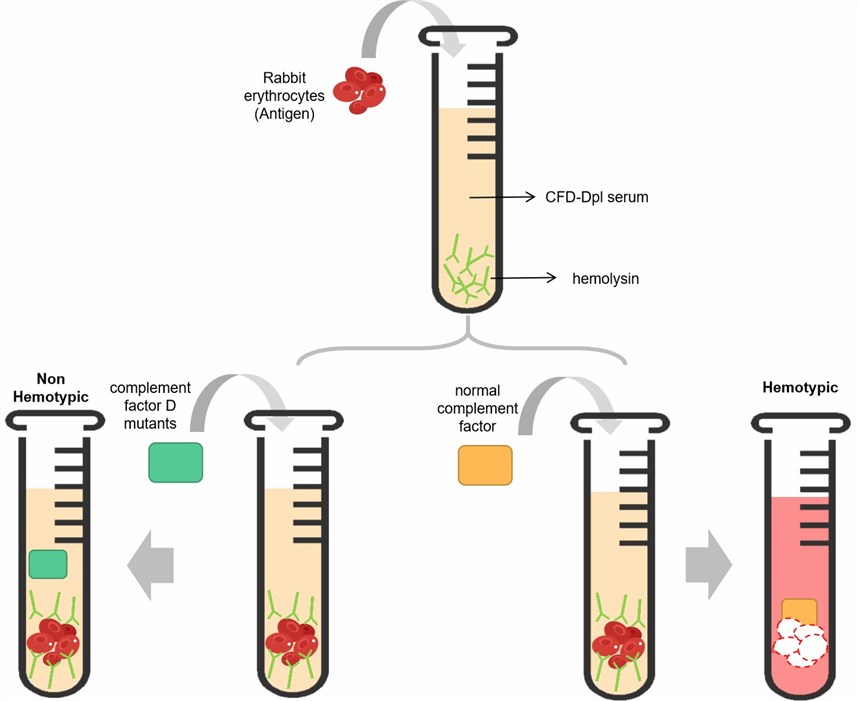 Fig.3 Workflow of hemolysis test of CFD.
Fig.3 Workflow of hemolysis test of CFD.
Published Data of CFD Functional Tests
Discoveries spotlighted in articles delineating functional testing of CFD:
ELISA analysis
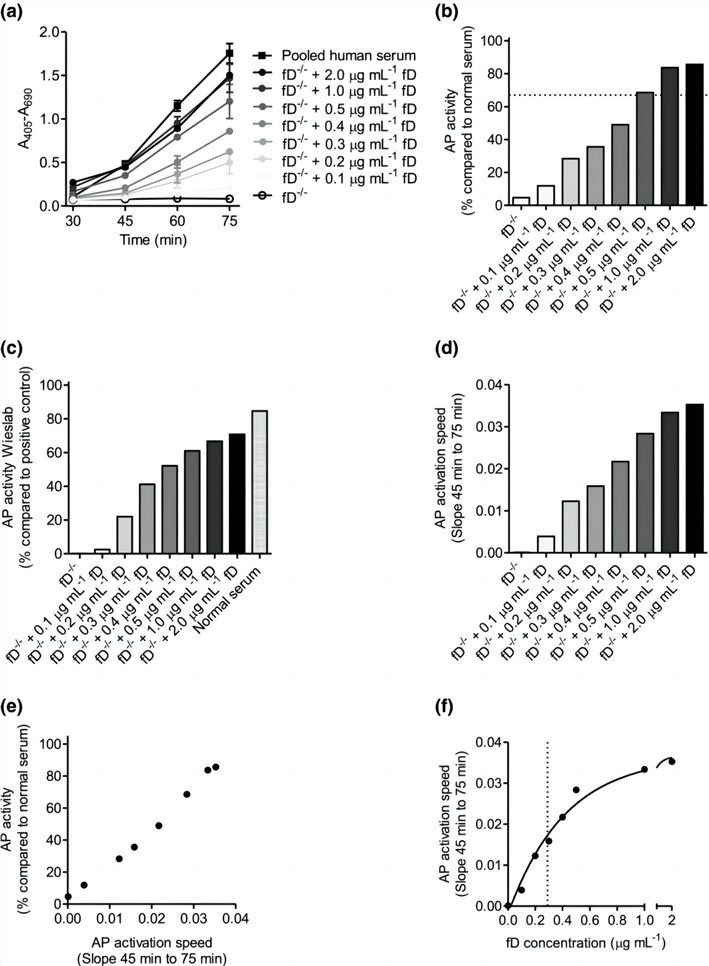 Fig. 4 Enhanced complement activation velocity through reconstitution of factor D-deficient serum with purified CFD.2, 5.
Fig. 4 Enhanced complement activation velocity through reconstitution of factor D-deficient serum with purified CFD.2, 5.
 Fig. 5 Lufaxin impact on CFD activity and direct complement component binding.3, 5.
Fig. 5 Lufaxin impact on CFD activity and direct complement component binding.3, 5.
Hemolysis test
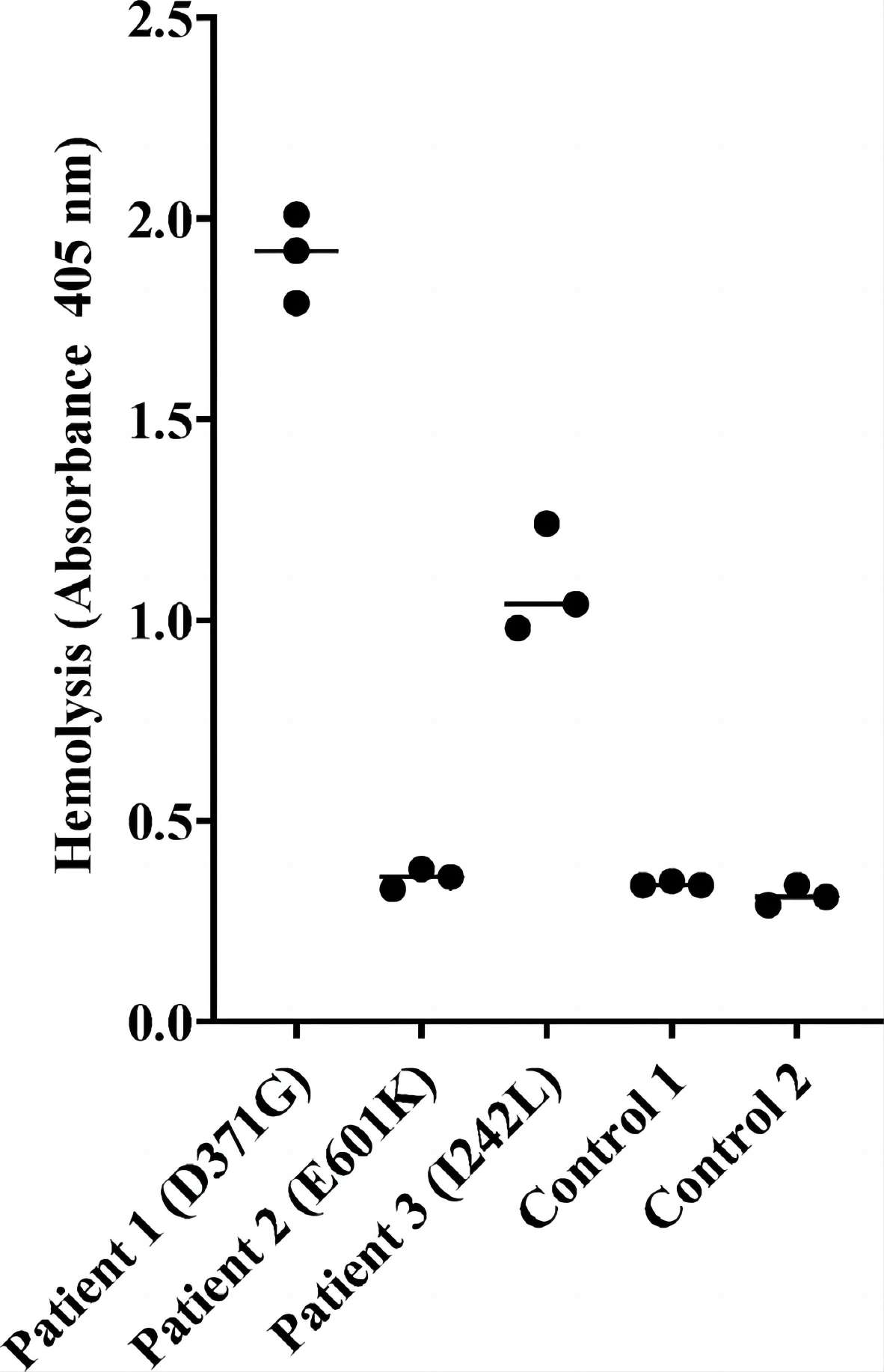 Fig. 6 A result of serum and patients with hemolytic assays.4, 5.
Fig. 6 A result of serum and patients with hemolytic assays.4, 5.
Related Products
Featured Services

|
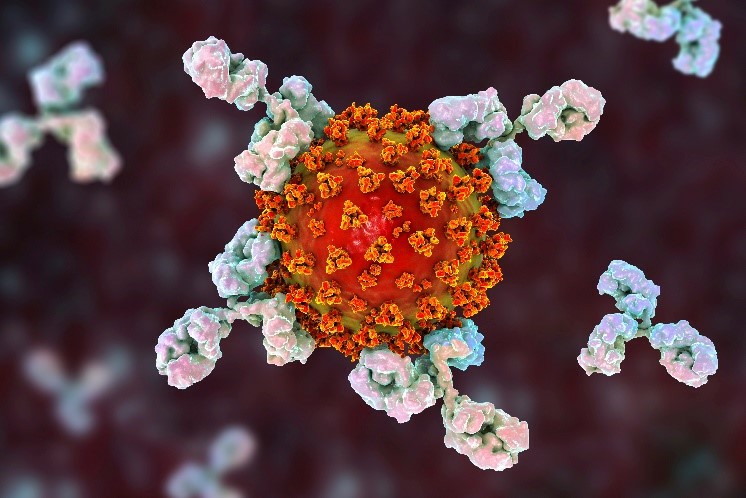
|
|
Total Complement Activity Test
|
C1q-Binding Assays
|
|
Creative Biolabs offers total complement activity test services for our clients. Total complement activity tests include CH50, AH50, and LP50.
|
Creative Biolabs offers high-quality C1q-binding assays for the characterization of therapeutic mAbs.
|
|
Learn more
|
Learn more
|
Protocols
Resources
Creative Biolabs stands as a pioneering research and development service provider, furnishing a robust platform for complement assays that bolsters comprehensive complement research endeavors. This encompassing platform encompasses tailored functional tests for factor D, thereby amplifying the efficacy of drug discovery within this domain, welcome to contact with us for more details.
References
-
From Wikipedia: By Rantes, oringinally at pl.wikipedia, CC BY-SA 3.0 https://commons.wikimedia.org/wiki/File:Droga_klasyczna.png.
-
Langereis, J. D.; et al. Complement factor D haplodeficiency is associated with a reduced complement activation speed and diminished bacterial killing. Clin Transl Immunology. 2021.10(4): e1256.
-
Mendes-Sousa, A. F.; et al. The Sand Fly Salivary Protein Lufaxin Inhibits the Early Steps of the Alternative Pathway of Complement by Direct Binding to the Proconvertase C3b-B. Front Immunol. 2017. 8: 1065.
-
Aradottir, Sigridur Sunna, et al. "Factor D inhibition blocks complement activation induced by mutant factor B associated with atypical hemolytic uremic syndrome and membranoproliferative glomerulonephritis." Frontiers in Immunology 12 (2021): 690821.
-
under Open Access license CC BY 4.0, without modification
Questions & Answer
A: CFD is notably responsible for the enzymatic cleavage of other complement proteins, instigating a sequential series of responses culminating in inflammation and the dissolution of cells. Evaluating the functional prowess of CFD holds significance in comprehending immune responses and identifying ailments linked to the complement system.
A: Numerous functional assays are available for quantifying CFD activity. These encompass assessing the velocity of cleavage in other complement factors and quantifying the generation of products resulted from complement activation, alongside evaluating the capacity of serum or plasma to induce lysis in bacteria or other target entities.
A: Multiple variables can impact the outcomes of functional tests for CFD, encompassing the temperature and pH conditions of the sample, the specific complement protein variant employed within the assay, as well as the existence of additional proteins or molecules. We'll provide vigilant management of these parameters is crucial to guarantee dependable test outcomes.
A: This test is exclusively for research purposes and not intended for diagnostic procedures. The results should be used to understand the behavior and functionality of the complement factor D in different conditions, aiding in scientific research.
A: No, this specific service only assesses the activity of complement factor D. However, we do offer similar functional tests for other complement proteins. You can reach out to our customer service team via email or call for a detailed service and pricing structure.
For Research Use Only.
Related Sections:

 Fig. 1 Complement's alternative pathway: unveiling the CFD position.1
Fig. 1 Complement's alternative pathway: unveiling the CFD position.1
 Fig.2 Complement CFD ELISA Workflow.
Fig.2 Complement CFD ELISA Workflow.
 Fig.3 Workflow of hemolysis test of CFD.
Fig.3 Workflow of hemolysis test of CFD.
 Fig. 4 Enhanced complement activation velocity through reconstitution of factor D-deficient serum with purified CFD.2, 5.
Fig. 4 Enhanced complement activation velocity through reconstitution of factor D-deficient serum with purified CFD.2, 5.
 Fig. 5 Lufaxin impact on CFD activity and direct complement component binding.3, 5.
Fig. 5 Lufaxin impact on CFD activity and direct complement component binding.3, 5.
 Fig. 6 A result of serum and patients with hemolytic assays.4, 5.
Fig. 6 A result of serum and patients with hemolytic assays.4, 5.


